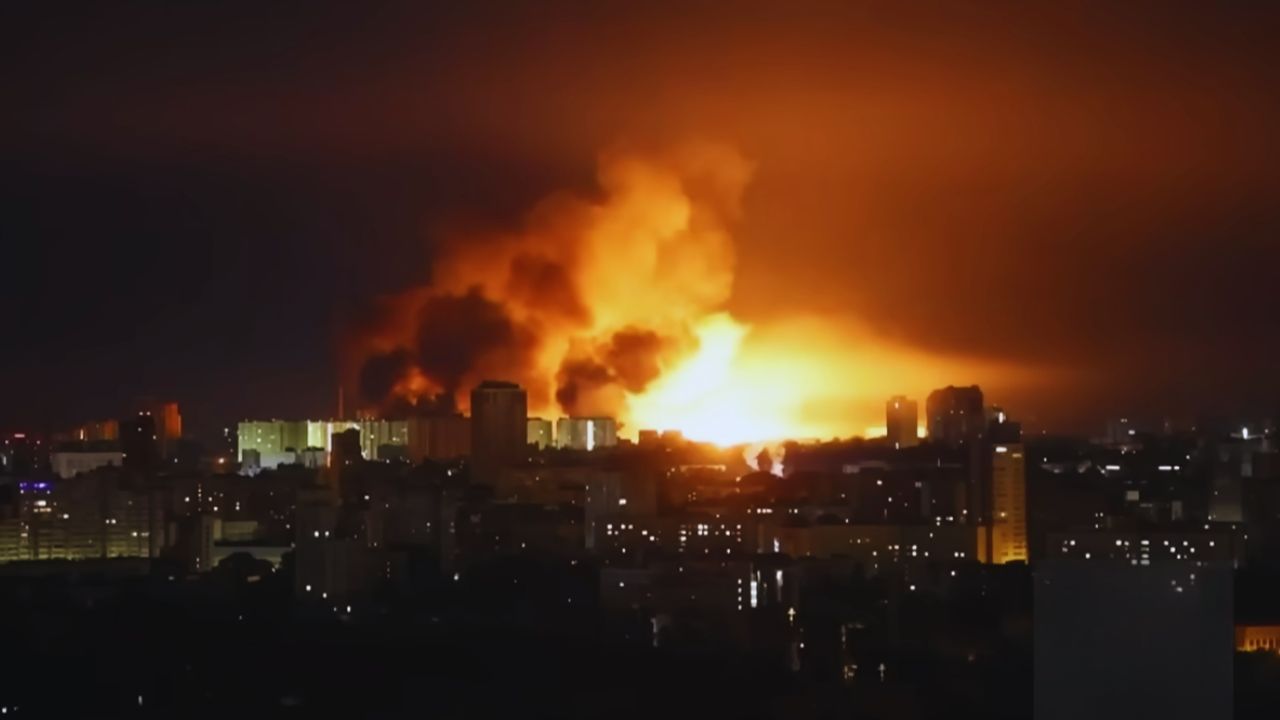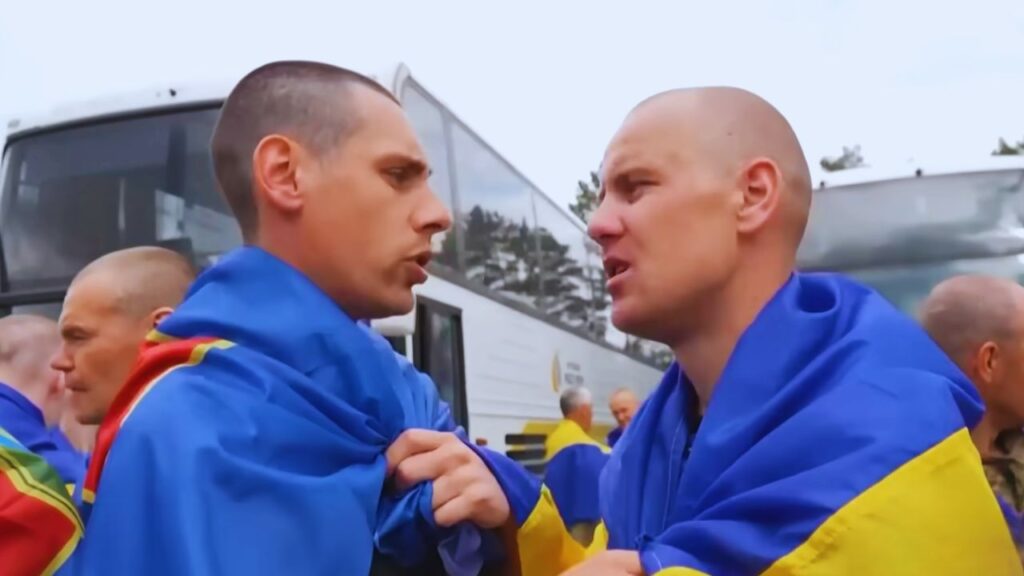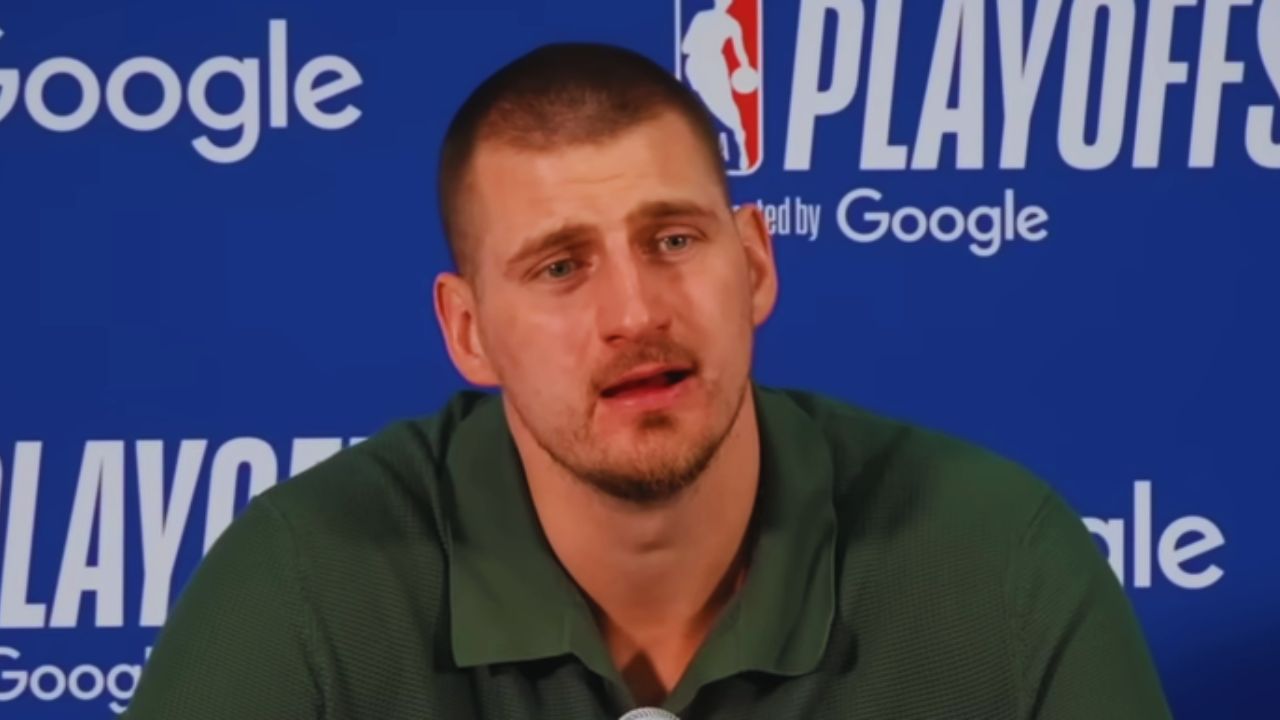Russia launched a powerful and deadly aerial assault on Ukraine’s capital, Kyiv, using a combination of missiles and drones. The attacks occurred just as both countries carried out the largest prisoner exchange since the full-scale war began in 2022. The back-to-back assaults on Ukrainian cities have left multiple civilians dead and injured, drawing widespread international concern.
Second Night of Strikes on Kyiv Leaves Multiple Casualties
For the second consecutive night, Kyiv came under attack by Russian forces deploying a barrage of missiles and Iranian-made Shahed drones. Ukrainian officials confirmed that three civilians were killed in the Kyiv region in the overnight assault leading into Sunday, May 25. Authorities also reported that 10 people, including two children, were injured in the capital.
The Kyiv City Military Administration said the drone and missile strikes caused significant damage to residential buildings in several districts. Fires broke out, and emergency services were dispatched throughout the night to assist the injured and control the destruction.
Mayor Vitali Klitschko called it a “massive” and targeted attack, urging citizens via Telegram to stay in bomb shelters as air raid sirens blared for several hours through the night. He described the scale of the aerial assault as one of the most intense since Russia began increasing its air campaigns in early 2024.
Capital Under Siege as Ceasefire Talks Stall
The airstrikes came amid growing international pressure on Russian President Vladimir Putin to accept a ceasefire. A proposal had been tabled by Ukraine’s European allies earlier in May, urging Moscow to halt its war efforts and enter meaningful peace negotiations.
However, direct peace talks between Ukraine and Russia in Istanbul earlier this month failed to produce any breakthrough beyond one key agreement: a large-scale prisoner exchange. That exchange began Friday and is expected to span three days.
The timing of the attacks—coinciding with the ongoing swap—has raised suspicion among Ukrainian officials, who accused Moscow of using diplomacy as a cover for continued aggression.
Ukraine’s Air Force reported that since the start of the prisoner swap, the main focus of Russian strikes has been Kyiv. The military said the city was targeted using a combination of ballistic missiles, cruise missiles, and attack drones launched from Russian aircraft and warships in the Black Sea.
President Zelensky Responds: “A Difficult Night for All of Ukraine”
On Saturday, President Volodymyr Zelensky expressed condolences to the families of those killed and injured in the strikes. “It was a difficult night for all of Ukraine,” he said in a public statement. He reiterated his call for the West to impose stronger sanctions on Russia and provide more air defense systems to protect Ukrainian cities.
Additional reports from police and emergency services said that 18 more people were injured in Kyiv in Saturday’s earlier wave of attacks, bringing the weekend’s total to more than 28 injured civilians in the capital alone.
Kira Rudik, a member of the Ukrainian parliament, told CNN that she had to spend the night hiding under her staircase due to the repeated explosions. “It was terrifying, it felt honestly like Armageddon. The explosions were everywhere,” she said.
Exchange of Prisoners Continues Despite the Chaos
Despite the worsening security situation, Ukraine and Russia pushed forward with their agreed prisoner swap. On Saturday, over 600 prisoners—both Russian and Ukrainian service members—were released as part of the second phase of the agreement.
According to Ukraine’s Coordination Center for the Treatment of Prisoners of War, the returning Ukrainian soldiers were greeted with hugs, flags, and tears as they reunited with families and called loved ones. Many of the men had shaved heads and wore emotional expressions as they boarded buses and gathered at collection points.
Almost 800 prisoners were exchanged on Friday, the first day of the deal. The two countries are expected to release 1,000 prisoners each, making this the largest exchange since the start of Russia’s invasion in February 2022.
A video posted by Ukraine’s Ministry of Defense showed one of the most emotional reunions: a woman named Olena ran toward her husband Yuriy, who had been held in Russian captivity for six months. She said she had asked many of the previously released prisoners if they knew where he was, but no one had seen him—until she finally spotted him and embraced him in tears. “This is the best day. I was running, looking for him, screaming. I am very grateful,” Olena said in the video.
Russia Reports Being Targeted by Ukrainian Drones
As Ukraine suffered under heavy bombardment, Russia also claimed that it was under attack. On Sunday, Russia’s Defense Ministry stated that it had intercepted or destroyed nearly 100 Ukrainian drones, many of them in the country’s central and southern regions. Two of the drones were reportedly destroyed near Moscow.
Moscow Mayor Sergei Sobyanin later updated the figure to 11 drones intercepted in or around the capital. Russian authorities said no critical infrastructure was damaged.
The previous day, Russia reported the downing of 94 Ukrainian UAVs over its territory, primarily in the Belgorod and Bryansk regions, but also in Kursk, Lipetsk, Voronezh, and Tula.
Dmitry Miliaev, governor of the Tula region, confirmed that three people were injured in Saturday’s drone attacks, with two of them hospitalized. Russia has not released further details about the extent of the damage.
Ceasefire Hope Fading as Russia Ignores Peace Demands
The Istanbul peace talks, proposed by Putin himself, were widely viewed as a stalling tactic in response to mounting pressure from the European Union. Kyiv’s Western allies had issued a ceasefire-or-sanctions ultimatum, warning Russia to halt hostilities or face broader economic isolation.
While Ukraine and its partners demanded an immediate and unconditional ceasefire, Moscow made no such commitment. The prisoner exchange, while welcomed by humanitarian groups, now appears to be the only result of the discussions.
Ukraine’s Deputy Foreign Minister Andrii Sybiha criticized Russia’s continued bombardment, stating: “One week has passed since the Istanbul meeting, and Russia has yet to send its ‘peace memorandum.’ Instead, Russia sends deadly drones and missiles at civilians.”
The pattern of escalating attacks during moments of potential diplomacy has become a recurring tactic, according to defense analysts. It underscores the challenge of engaging Russia in good-faith negotiations while Ukrainian cities are still under siege.
Destruction Continues Amid Fleeting Diplomacy
As the third day of the prisoner exchange approaches, the humanitarian progress made by returning prisoners home stands in stark contrast to the brutality unfolding on Ukrainian soil. Russia’s aerial assault on Kyiv and other cities has claimed lives, displaced civilians, and destroyed homes—all while the world watches closely.
The attacks have further strained hopes for a broader resolution. While the successful swap offers a rare moment of cooperation between Ukraine and Russia, the continued bombardment reminds the world that the war is far from over.
Ukrainians are bracing for further violence, and global leaders must now decide whether diplomacy alone can resolve a war that has already entered its third year—with no end in sight.
The Information is Collected from CNN and BBC.









































